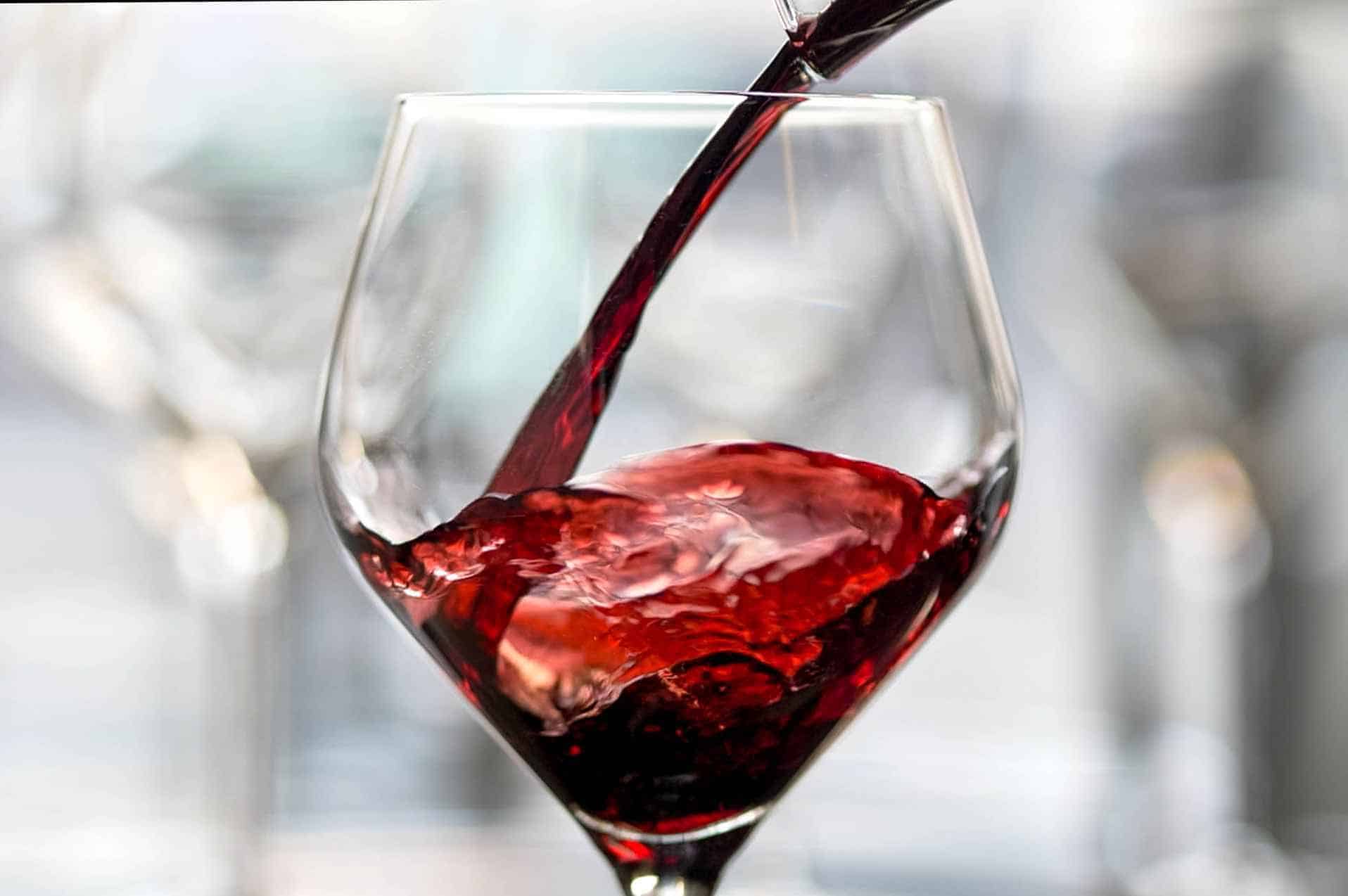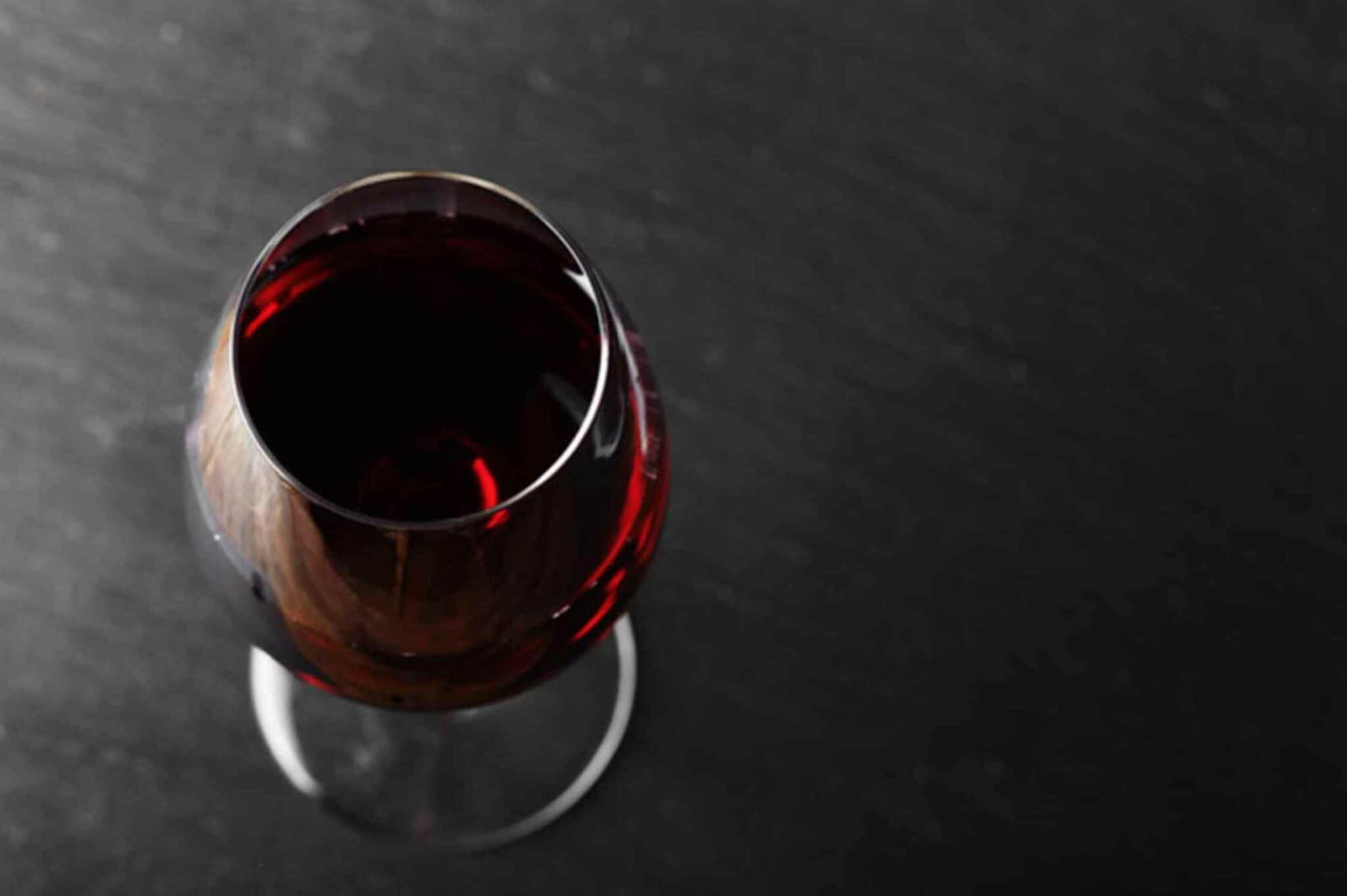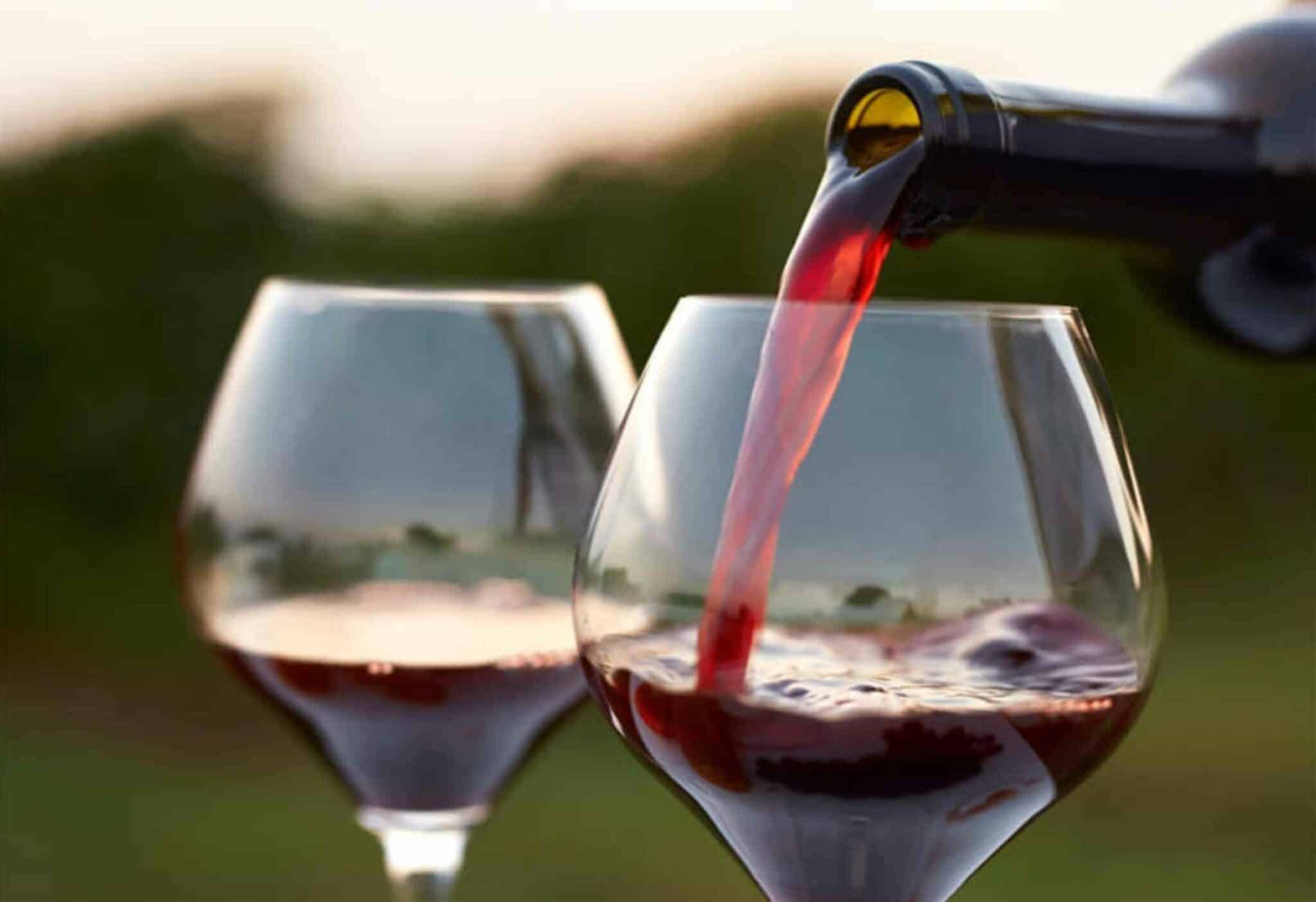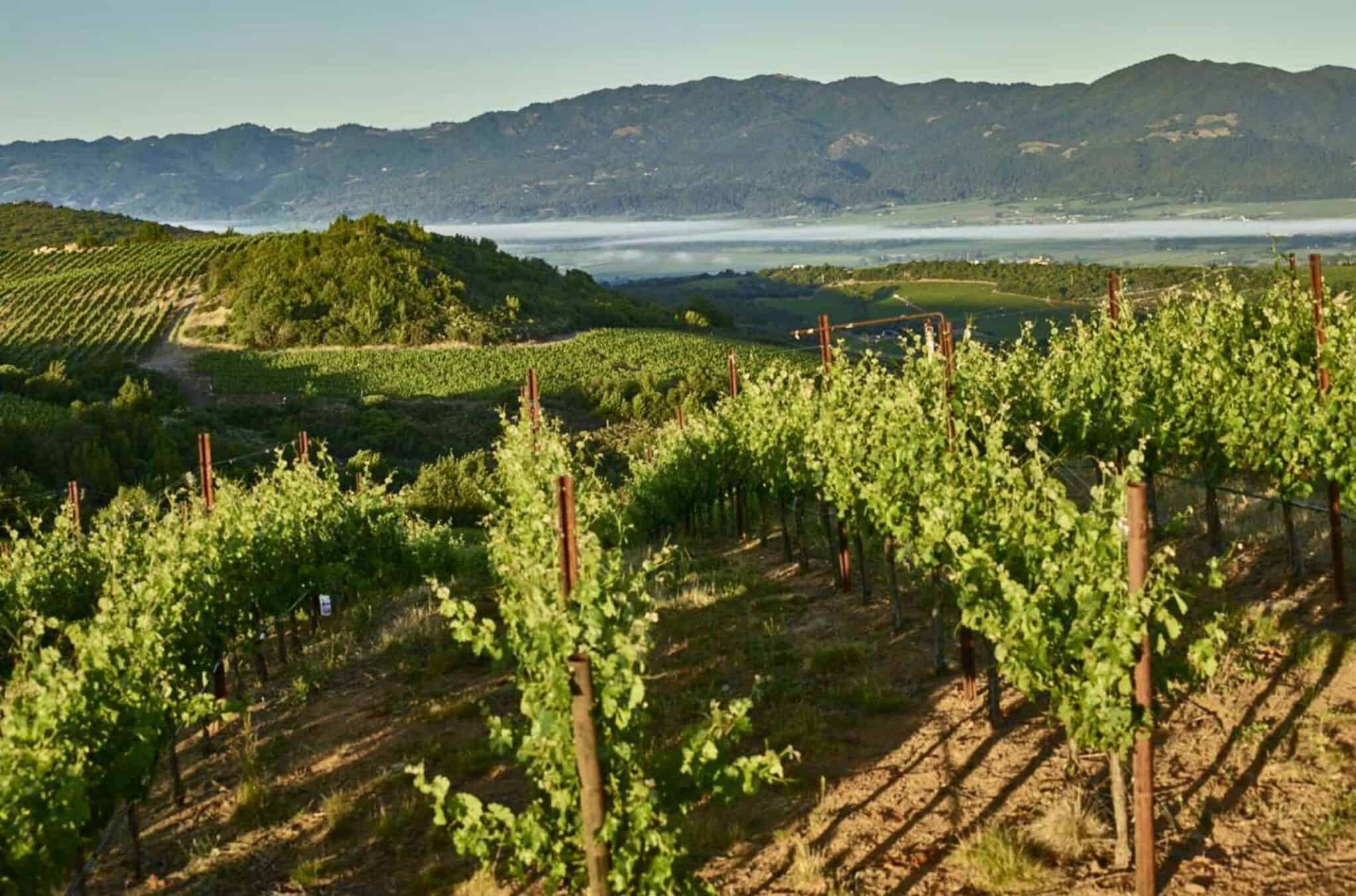If there is something wine beginners are not certain about, it is how to describe wine properly. There are many ways you can describe wine, but the most common way is to define them by its essential components. Check out the article below to know more about it.
Acidity
If you’re wondering what gives a wine its sour taste, then the answer is Acidity. Wines have several various acidity types, such as citric acid and malic acid. This component has a huge effect on how the wine’s taste will turn out eventually.
Acidity is the component that balances out the wine’s composition, so too much or too little of it is not really that good. You can check out this article for more information about wine’s acidity.
In general, white wines have higher acid content compared to other types. Describing wine through its acidity can be trivial, but it’s definitely something you should take note of. To help you, here are some common wine acidity descriptions.
- Acidic: As mentioned before, all wines contain a certain amount of acid. However, they differ depending on the wine’s concentration. An acidic wine typically tastes zesty since it has too much acid.
- Angular: We use the word angular for wines with high acidity. This type of wine will hit your mouth with a huge impact and continue hitting places that have never been reached before by other wines.
- Austere: Austere wines are the type of wines that you would want to avoid for their high acidity. It will hit your mouth like a rocket and leave a rough impression. It generally lacks a fruity flavor that you would want for wine.
- Bright: Most of the time, bright defines vivid colored wine with rich flavors. But, this word is also used to describe wines that make your mouth water because of their high acid levels.
- Flabby: In negative terms, flabby is used for wines with little to no acidity. It’s an unbalanced wine that is awkward to taste.
Sweetness
Whenever you drink wine, the first thing that you try to look for is sweetness. There are two main categories in defining a wine’s sweetness.
The first one is through its fruity attributes, while the other one is the residual sugars left on the wine after fermentation. The most common words that define a wine’s sweetness are sweet, dry, and off-dry. If you want to know more words that relate to sweetness, check out these words below.
- Cigar box: Cigar box is a description often used for sweet and smoky wines. Many people prefer this type of wine because it is smooth and very pleasing for all of your senses.
- Jammy: As the description implies, jammy wines have more of a syrup-like texture that’s heavy and mildly sweet. Most sommeliers are not fond of this type of wine, but many people do prefer this. Its sweetness is like a cooked berry jam, sweet but not too sweet.
- Rounded: This description word works the same as the word ‘Balanced.’ Rounded is used for wines with complementing attributes, and none of them are shadowing another. There’s no surprising sweetness, roughness, or high level of acidity and alcohol content. They are easy to drink with a lasting impression.
- Dry: Dry is a description word used to define wines with no sweetness. They spend too long in fermentation that they have lost their sweet flavors and thus, end up dry. Another reason for having dry wines is using ripe fruits in making wine.
- Rich: Lastly, rich is used to describe a wine with a hint of sweetness. This term can be used for wines with too much sweetness or too rich. It’s a common term that is generally used daily by sommeliers and wine experts.
Alcohol Content
Due to the process of making wine (a.k.a. Fermentation), this drink results in alcohol content in its composition. Different types of wine vary in alcoholic content depending on how long it’s been left to ferment and age.
If the wine you’re drinking feels hot when it reaches your throat, chances are that it has a high alcohol content.
Check the listed words below to see how you can describe wine in terms of its alcohol content.
- Balanced: The first term that you can use to describe wine is balanced. It’s used when all components in the wine are harmoniously mixed, and nothing is overpowering the others. Most people would prefer this type of wine.
- Easy-drinking: The term easy drinking is used to refer to wines with low alcohol content and tannins. It usually has a fruity taste that is very easy to the mouth. You can easily enjoy a glass of this any time of the day.
- Powerful: At times, power may be a negative description of the wine. It means that the drink contains high levels of everything, and it tastes too much for your mouth.
- Warm: Warm can be used to define wine in two different ways. You can use it for wines with velvety color, tangy flavor, and full-bodied viscosity. On the other hand, you can also use it for wines with high alcohol content, which will feel warm in your mouth.
Wine’s Body
Body refers to how a wine tastes inside your mouth in terms of size and weight. Some of the main culprits behind a wine’s body is its included extracts and alcohol content, and different wine types could either feel heavy or full to taste.
Another term used for a wine’s body is its viscosity. When describing a wine’s body, you can use light, medium, or full. Read their description below.
- Light-bodied: In terms of weight and viscosity, this type of wine is on the lighter side. They are very easy to drink, and don’t feel too rough to taste. This type of wine has higher acidity and less tannins and alcohol content.
- Medium-bodied: Medium-bodied wines fall in the middle of light-bodied and full-bodied wines. They are what they call the middle ground in terms of wine weight and viscosity.
- Full-bodied: If your mouth feels full with wine that leaves an intense impression on your palate, it’s definitely a full-bodied type of wine. Their color is more on darker shades, and they feel heavier when you drink it.
Tannins
One of the main ingredients used in making wine is grape, which is why all wines have tannins. It is a material derived from stems, skins, and seeds. The longer a wine is left to age in oak, the more bitter and dry it will become.
Red wines usually have more tannins than white wine because you create it with the skin. Tannins are one of the foundations of a great red wine, the same with white wine and acidity. The wine’s richness and bitterness are all associated with tannins. Learn how to describe wine with regards to tannins with the words below.
- Big: The adjective big has two different meanings when it comes to wine descriptions. It can mean that your mouth feels full when drinking wine, or it can also mean that the wine you’re drinking has big tannins. Big wines are abundant in all aspects, such as alcohol content, weight, tannins, and aroma.
- Astringent: The most common word used to describe tannins in wine is Astringent. It is commonly used for wines with a rough texture due to its high amount of tannins. They usually dry up your mouth almost immediately after drinking it.
- Chewy Tannins: Just like the name itself, Chewy or Chewy Tannins refer to wines that make you feel like chewing after taking a sip. They are usually full of fruits or tannins left as they ferment. It feels dry to the mouth but leaves a strong impression without overdoing it much.
- Grip Tannins: This type of wine contains huge tannins, which makes it harder to drink. It leaves your mouth dry, so make sure to take small sips rather than drinking it all at once.
- Refined: If you’re dealing with elegant wines, refined is a more common term used to describe this drink. They usually refer to smaller tannins that don’t get in the way of your drink and make drinking wine an easier thing to do.
Terroir
Another term that you might be unfamiliar with is Terroir. It’s a French term that simply means origin. In wines, the term is used to refer to the place where the grapes used to make them came from.
All the different factors that play a role in how the grapes were grown will have a significant difference in the aroma and taste of a specific wine. All environmental factors are considered in every bottle of wine, such as location, climate, terrain, and soil type.
| Component | Descriptions |
|---|---|
| Acidity | Acidic, Angular, Austere, Bright, Flabby |
| Sweetness | Cigar box, Jammy, Rounded, Dry, Rich |
| Alcohol Content | Balanced, Easy-drinking, Powerful, Warm |
| Body | Light, Medium, Full |
Summary
By the end of this article, you should already understand how to describe wine in the many ways possible. While it may be confusing, you’ll definitely get the hang of it in time. Share this article with your friends and family so they can learn how to describe wine.

George Moore, co-founder of Wine Flavor Guru, is a charismatic entrepreneur with a rich background in California’s wine industry. Alongside Sylvia, he transformed a Sonoma County vineyard into a source of premium wines. George’s expertise in sourcing exceptional grapes and his approachable style make wine appreciation both accessible and engaging.







